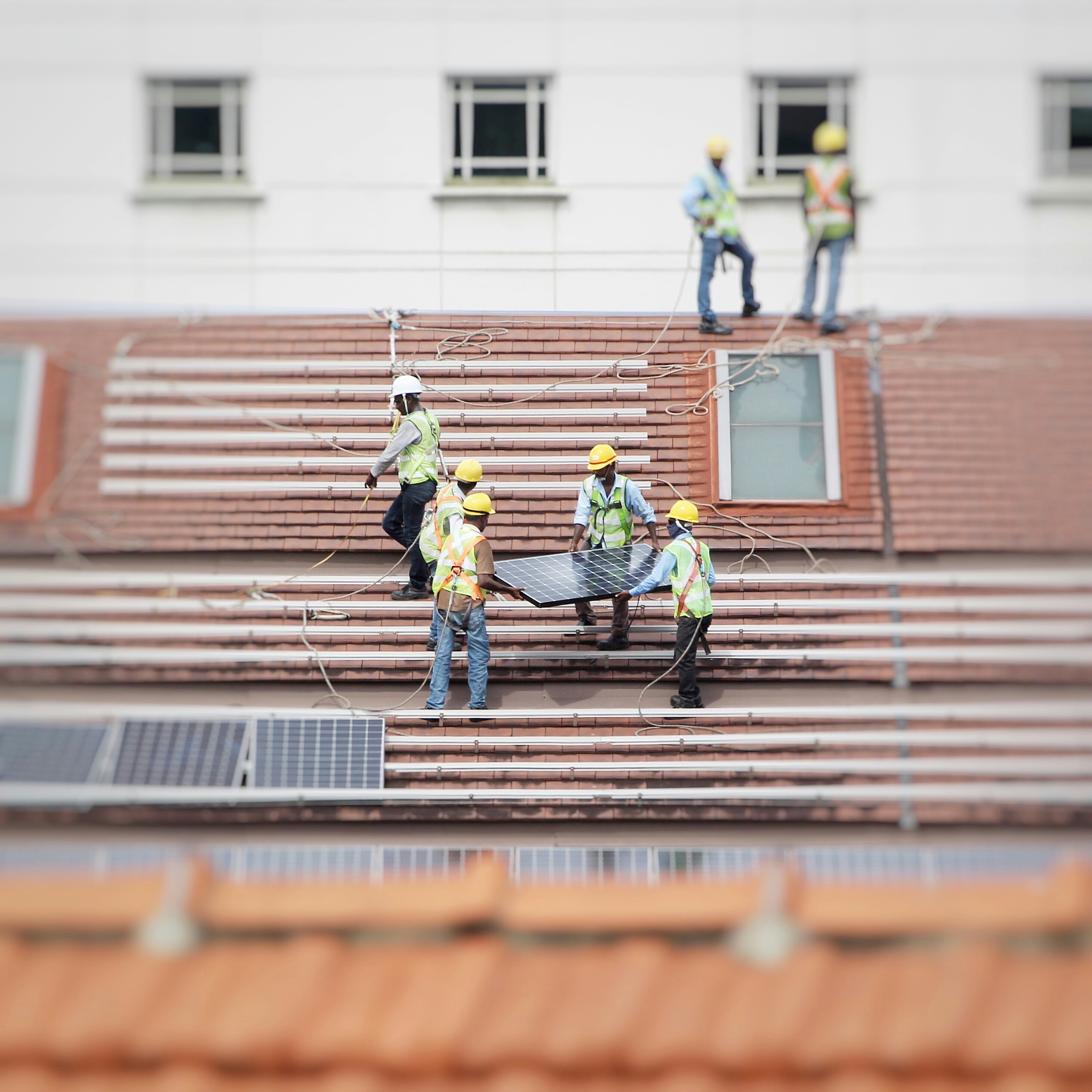Feb 28, 2022
🛠️ Installation Day – What to Expect and Watch Out For
You’ve signed off the design and paid the deposit. Now what?
Installation day is when all the planning becomes real. But just because panels are going up doesn’t mean everything will go smoothly. Understanding the process and knowing what to look for will help you avoid poor workmanship, safety issues, and long-term problems.
The team arrives – don’t just offer coffee
The first thing that should happen is a walk-through. The lead installer should explain the layout, confirm inverter and battery placement, and double-check the roof structure and DB board access. If this doesn’t happen, stop and ask questions. Miscommunication is where most issues start.
Roof work – more than just panels and brackets
Make sure the team uses the correct mounting system for your roof type, whether it’s tile, IBR, corrugated, or clip lock. Waterproofing is critical. Improper sealing leads to roof leaks months later. All mounting brackets should be secured to rafters or battens, not just into the tiles or sheets. Panels must be evenly spaced, aligned, and have adequate airflow under them.
DC cabling – neat, safe, and compliant
Cables from the panels to the inverter must be UV-rated and installed in trunking or conduit. No loose wires across the roof. MC4 connectors should be used and properly crimped — no twisting wires together or taping connections. Polarity needs to be checked with a multimeter before energizing the array.
Inverter and battery – correct placement and ventilation
Your inverter should be mounted at eye level in a dry, ventilated area. Avoid garages with high humidity or spots that get baked by the afternoon sun. Batteries should be away from heat sources and not stacked unless specified by the manufacturer. Leave enough space for airflow and future servicing.
AC work – where things usually go wrong
Any changes to your distribution board must be done by a qualified electrician. New breakers for the inverter, backup circuits, and earth leakage protection should be clearly labelled. In Cape Town and many other municipalities, this work needs a Certificate of Compliance. No COC, no legal backup system.
Commissioning – this is not a guesswork moment
Before switching the system on, the team should:
Test voltages from the panels
Confirm polarity
Set battery parameters correctly
Ensure the inverter firmware is up to date
Test backup loads and confirm correct DB rewiring
You should get a handover file or summary with system settings, support contacts, and warranty documents.
What to ask your installer
Are the panels securely and evenly mounted?
Is the wiring in conduit and UV-protected?
Are backup circuits labelled in the DB?
Will I receive a COC and warranty documentation?
Can I monitor the system remotely after install?
Quick tip:
Take pictures during installation. It’s easier to fix issues now than six months later when something goes wrong and you have no proof of poor workmanship.
Next week:
We dive into System Commissioning and Monitoring — setting things up for long-term performance and how to catch issues before they turn into failures.

